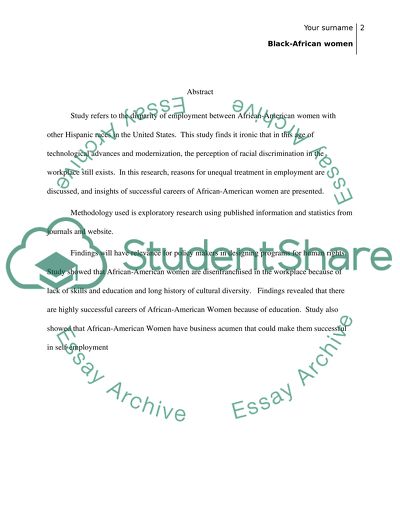Cite this document
(“Why in 2011 African American American Women Still encounters the glass Research Paper”, n.d.)
Retrieved de https://studentshare.org/sociology/1390315-why-in
Retrieved de https://studentshare.org/sociology/1390315-why-in
(Why in 2011 African American American Women Still Encounters the Glass Research Paper)
https://studentshare.org/sociology/1390315-why-in.
https://studentshare.org/sociology/1390315-why-in.
“Why in 2011 African American American Women Still Encounters the Glass Research Paper”, n.d. https://studentshare.org/sociology/1390315-why-in.


